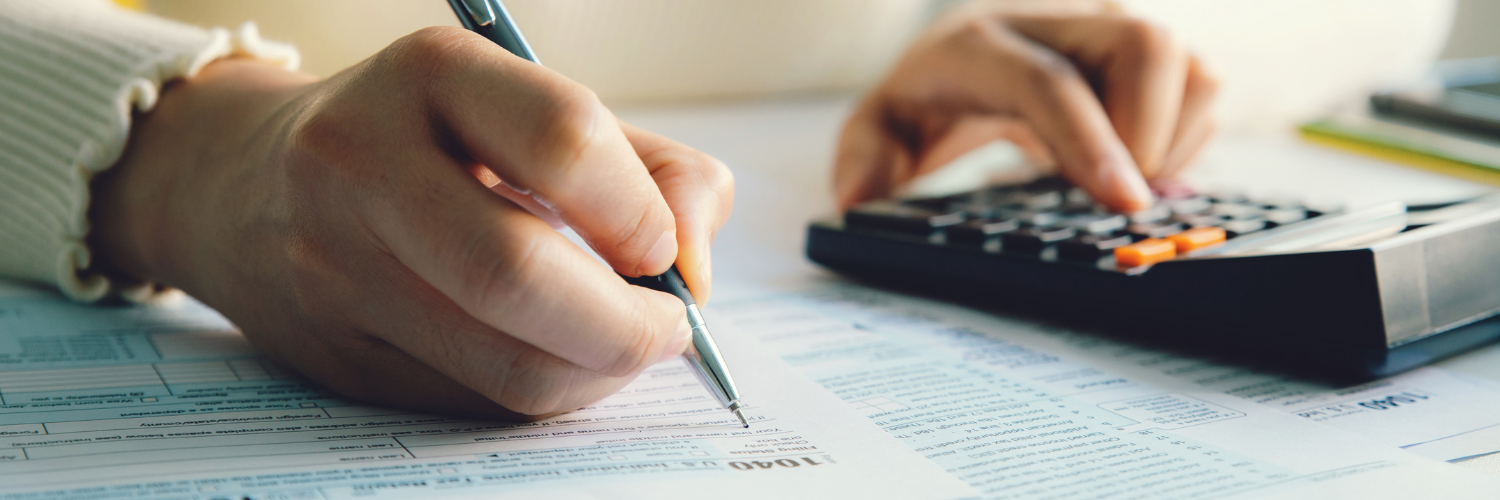

Since when do we file the income tax return?
Personal Income Tax (IRPF) is a personal and direct tax that plays an essential role in tax collection and the redistribution of wealth. It is a State tax partially ceded to Catalonia, but what are its origins?
We are in the middle of this year’s income tax return campaign, which runs from 11 April to 30 June and which more than 23 million taxpayers will have to complete. Almost everyone knows how to do it and understands the concept of this tax based on the balance of income and expenses we have had during the previous year. What some people may be unaware of, are the origins of this tax and its evolution throughout history.
The first general tax system
Although personal income tax (IRPF), as we know it today, is a relatively recent tax, approved in 1978, its origins date back to the 19th century.
The first income tax dates back to 1845, when the first general tax system was established as a consequence of a tax reform promoted by Alejandro Món and Ramón de Santillán, which simplified the existing tax system and brought about a broad tax unification throughout Spain.
The reasons behind this reform were to remove obstacles to economic growth in the context of industrialisation and a liberal revolution to replace the absolute monarchy of the Ancien Régime. Thus, classic taxes such as tithes and alcabalas were eliminated.
Tax reform during the Second Republic
One of the first modern attempts to impose a personal income tax in Spain took place during the Second Republic (1931-1939). During this period, under the government of Manuel Azaña, a new tax was introduced by the Minister of Finance, Jaume Carner.
The Carner Law, better known as the general income tax, was passed in 1932 and came into force at the beginning of 1933. Although its application was limited and was diluted after the Civil War with Franco’s dictatorship, it included a tax on individual income that set the precedent for what would later be known as IRPF.
The transition and the Moncloa Pacts
It was not until 1977, as a result of the agreements signed at the Moncloa Palace during the Spanish Transition, also known as the Moncloa Pacts, that the foundations of the contemporary tax system were established. Thus, in 1978, the first modern personal income tax was created with a broad political consensus.
This law established the basis for personal income taxation with a progressive tax system, where high incomes paid a higher percentage of tax. In this case, it had 28 brackets and its tax rates were as high as 65.5%. It was a tax that affected all persons with incomes over 300,000 pesetas.
Well into the 1980s, the way of filing a tax return stayed mostly the same, but with the development of new digital technologies, new access channels were added to carry out this tax activity, up to the current possibility of filing the tax return online. It also evolved significantly, incorporating several new features, such as the transfer of 50% of the tax to the autonomous communities.
If you want to discover the best option to protect your savings, enter Preciosos 11Onze. We will help you buy at the best price the safe-haven asset par excellence: physical gold.
Leave a Reply
You must be logged in to post a comment.





gràciess
Gràcies, Joan, per ser-hi i per seguir-nos!!!
Gràcies per aquest article.
Gràcies a tu, Manel!!!